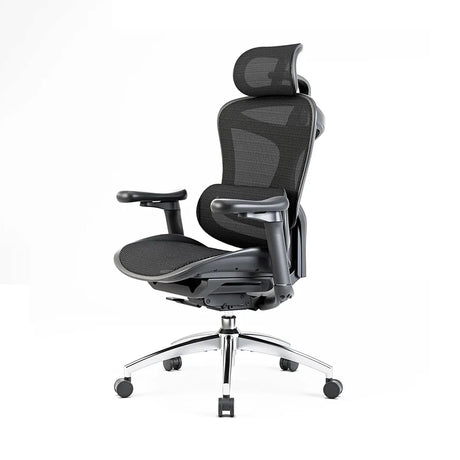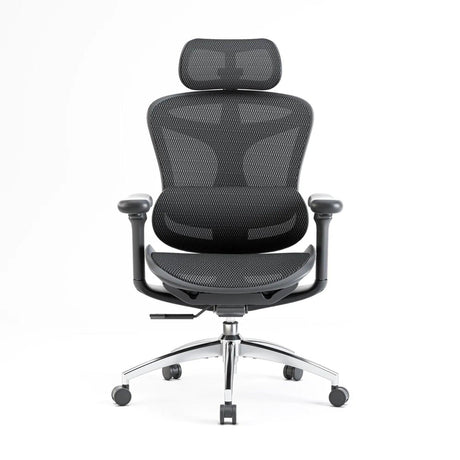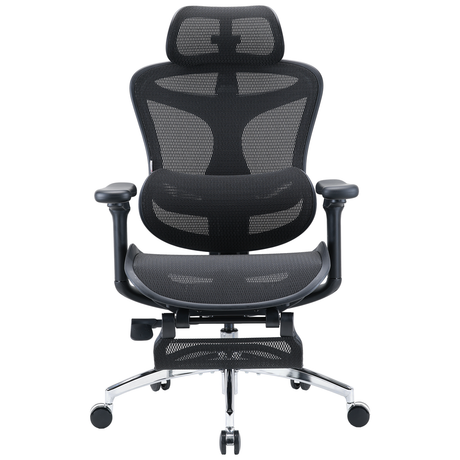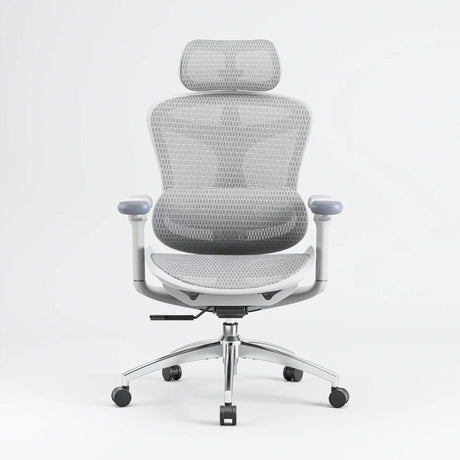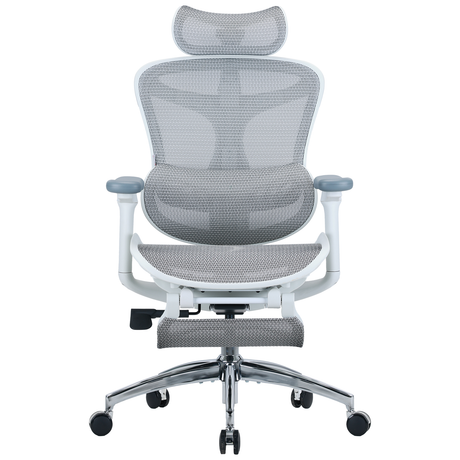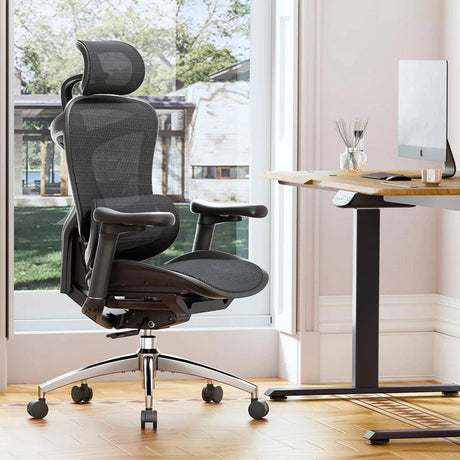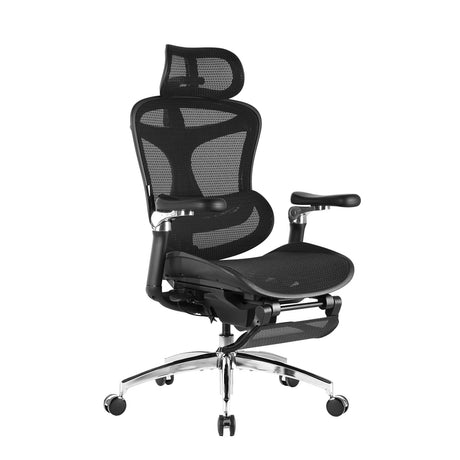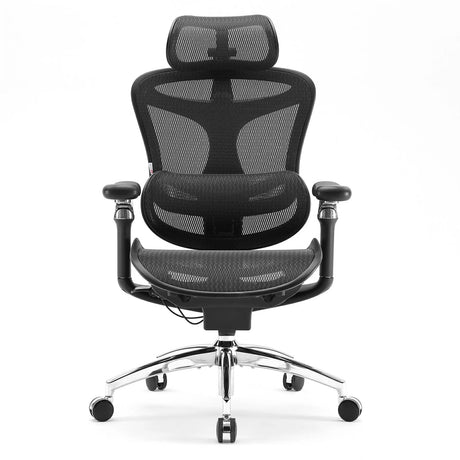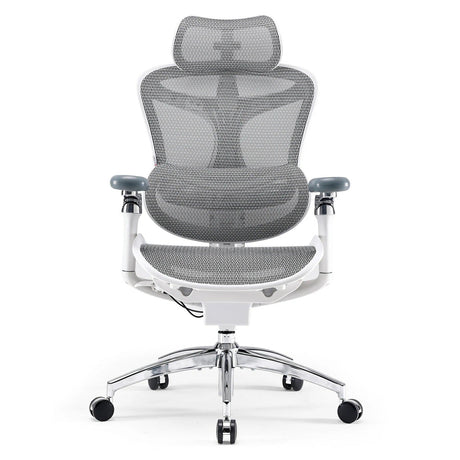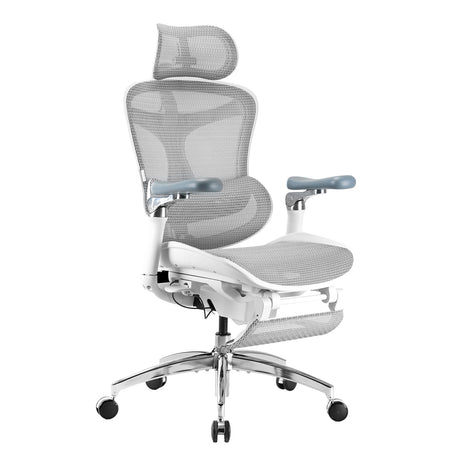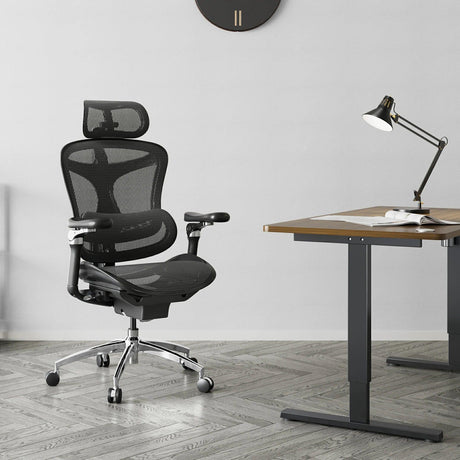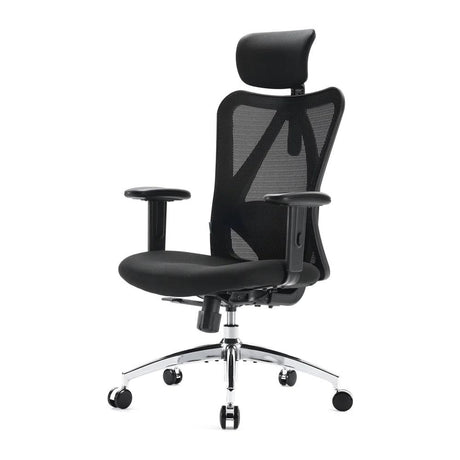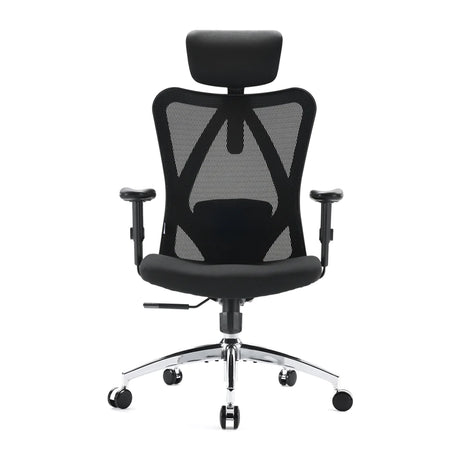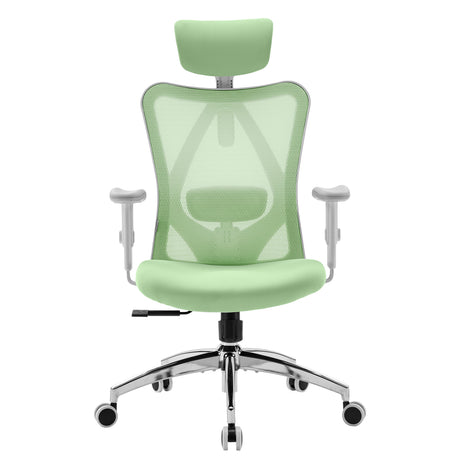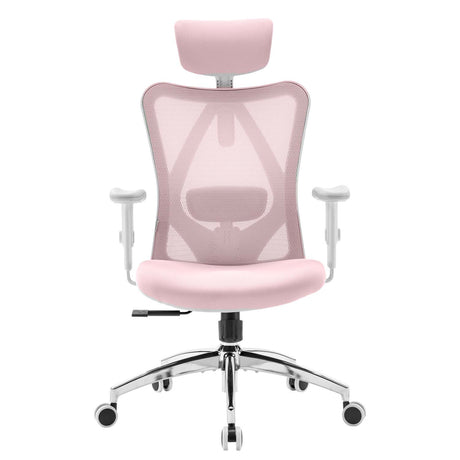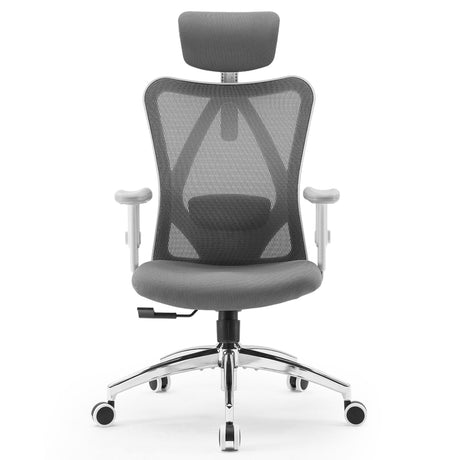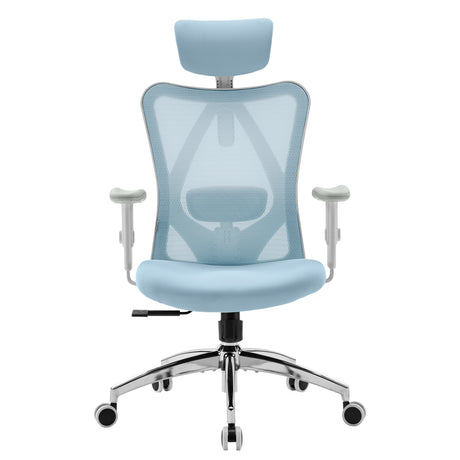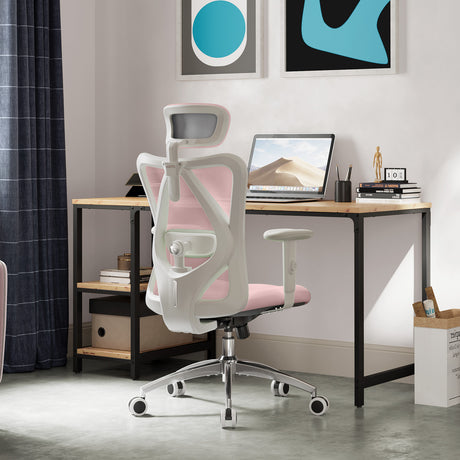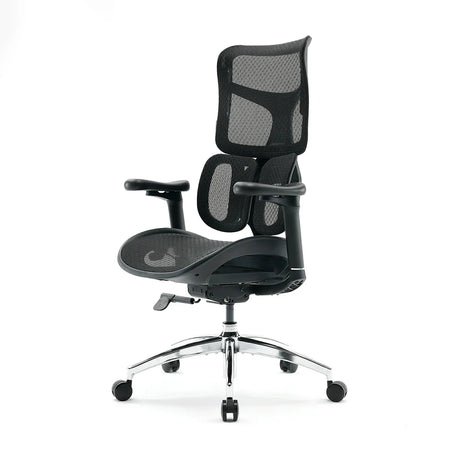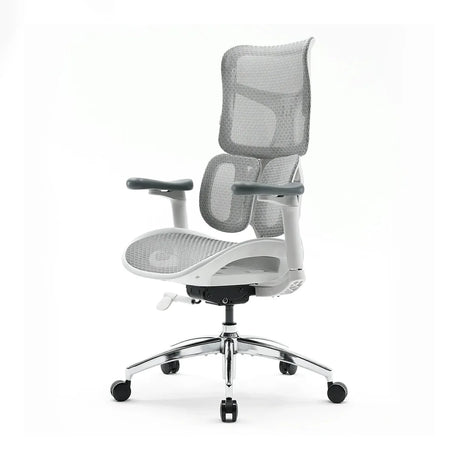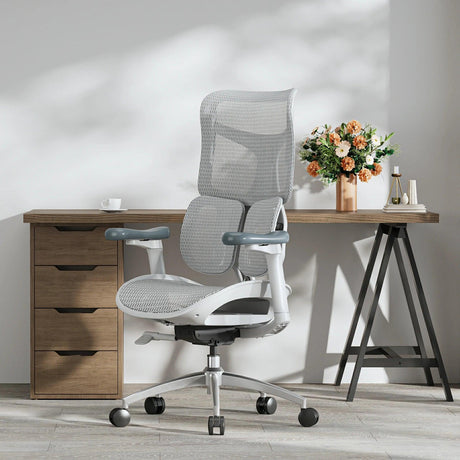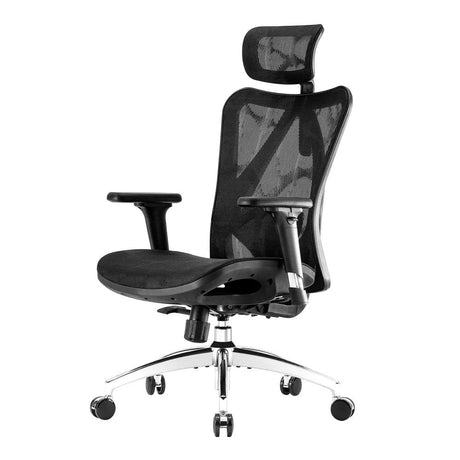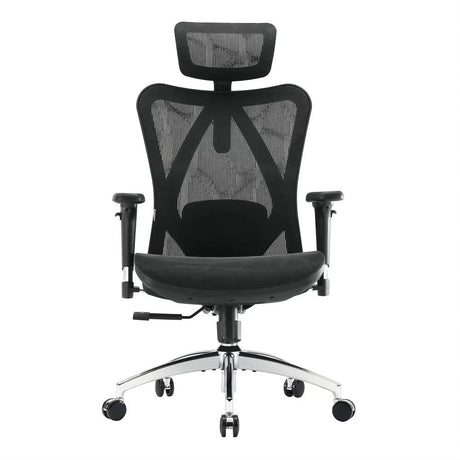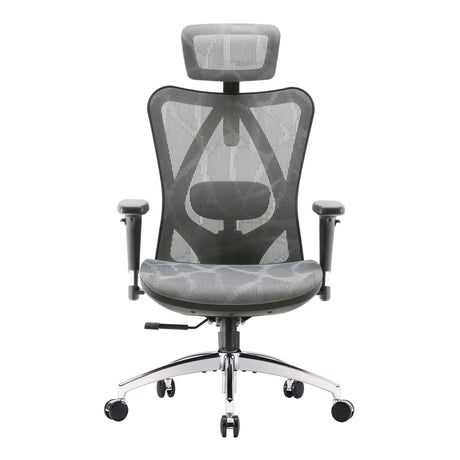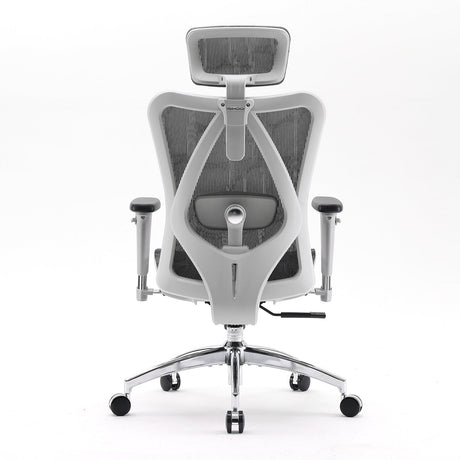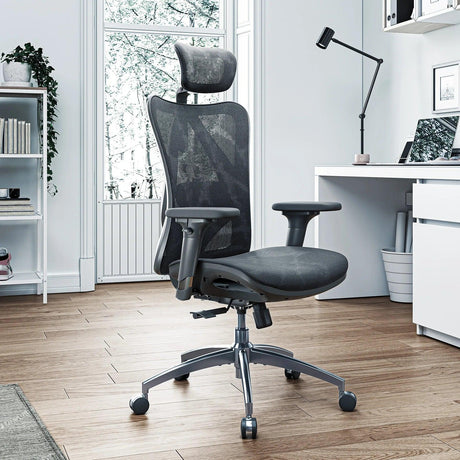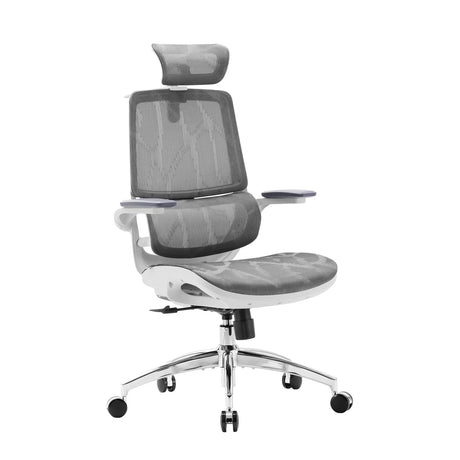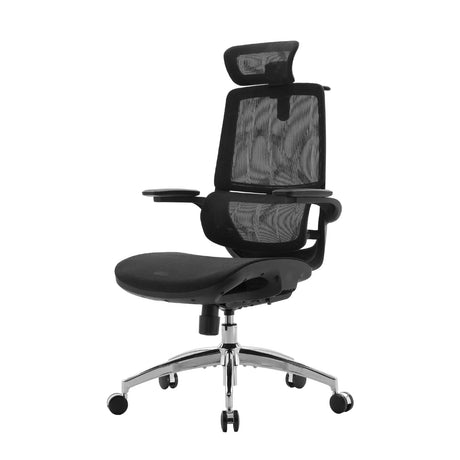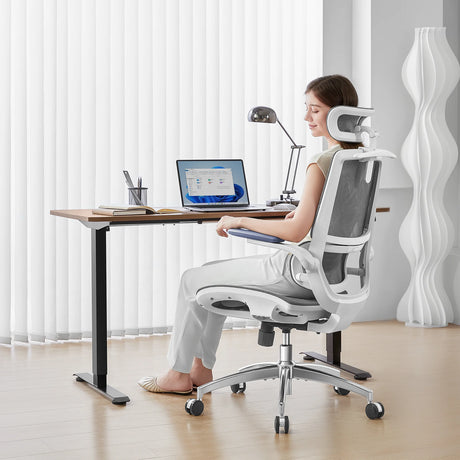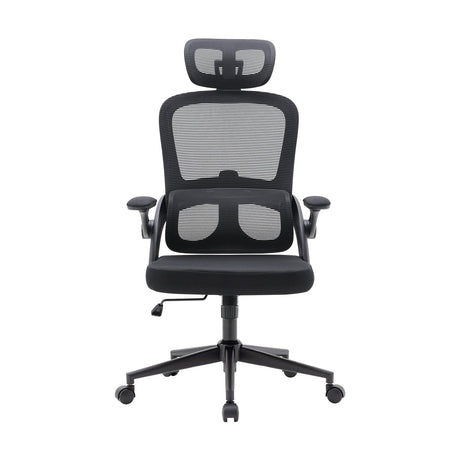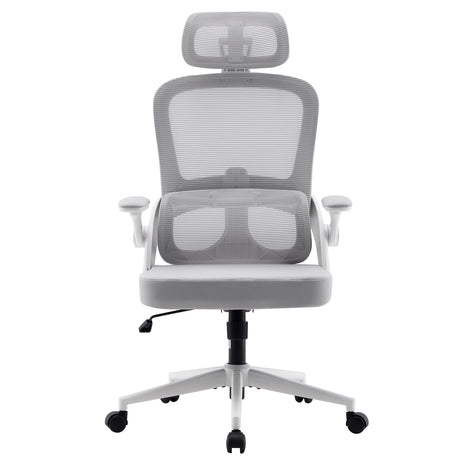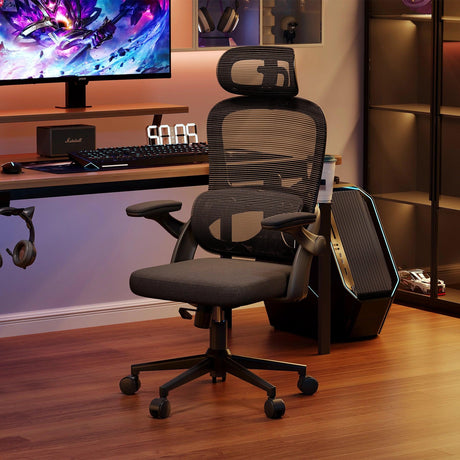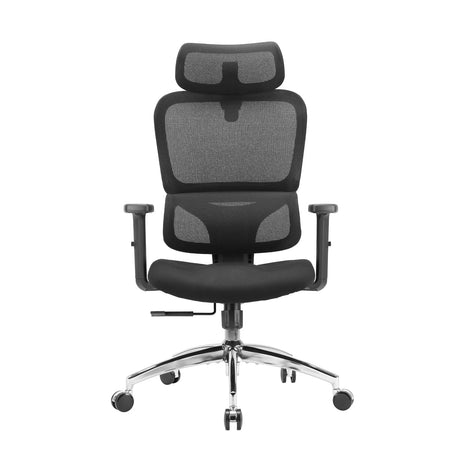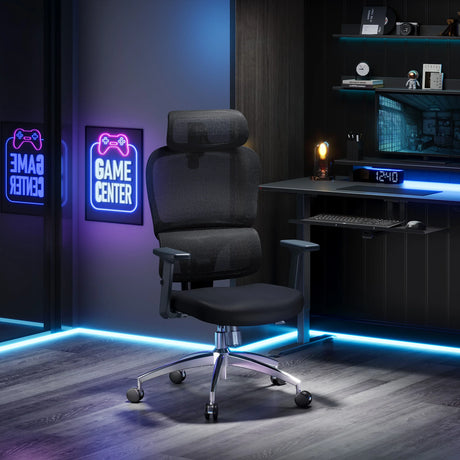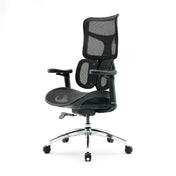Whether it’s the stress of a looming deadline, the pressure to perform, or the constant bombardment of tasks, many of us find ourselves struggling with feelings of unease. In recent years, standing desks have gained popularity as a tool to improve posture, increase productivity, and boost overall well-being. But can they actually help with anxiety? Let’s explore how the simple act of standing during work might provide some relief from stress and contribute to a calmer, more focused state of mind.
Understanding Anxiety in the Workplace
Before we dive into whether standing desks can help, it’s important to understand the connection between work, anxiety, and physical health. Prolonged periods of sitting, particularly in front of a screen, can contribute to feelings of stress and discomfort. Studies have shown that sitting for long stretches can negatively impact physical health, such as causing back pain, reducing circulation, and affecting posture. These physical ailments can amplify mental stress, leading to feelings of anxiety.
Furthermore, when we’re seated for hours, we tend to be in a more passive state, which can exacerbate the feeling of being overwhelmed. Our bodies and minds are more likely to become sluggish, which may worsen mental health challenges, including anxiety.
The Science Behind Standing and Anxiety Relief
Now, let’s talk about how standing desks might alleviate some of these stress-inducing factors. Standing desks are a tool that encourages movement and a more active approach to work. They help counteract the negative effects of prolonged sitting, which, in turn, can influence anxiety levels.
-
Improved Posture and Reduced Physical Discomfort: One of the most immediate benefits of standing desks is improved posture. Standing promotes better alignment of the spine, which can reduce back, neck, and shoulder pain—common sources of discomfort for those who sit for long periods. When you experience less physical pain, your mind is more likely to feel at ease as well. By reducing physical tension, standing desks can help create a more relaxed and focused mental state, which may alleviate some of the anxiety related to physical discomfort.
-
Increased Movement and Energy: Standing naturally leads to more movement—whether it’s shifting your weight, stretching, or walking around. Physical activity has long been linked to anxiety relief due to the release of endorphins, the body’s natural “feel-good” chemicals. Standing encourages small, subtle movements that can improve blood circulation, boost energy, and elevate mood. These small bursts of activity can be just enough to counteract the sluggishness and stress that often accompany long periods of sitting.
-
Reduction in Stress Hormones: Prolonged sitting can contribute to an increase in stress hormones like cortisol. On the other hand, standing and moving around can help lower these levels, reducing the body’s physical response to stress. By using a standing desk, you may help your body better regulate its stress levels, making it easier to stay calm in the face of pressure.
-
Enhanced Focus and Productivity: Standing desks are often associated with a boost in productivity and focus, as standing can make you feel more alert and engaged with your work. A more productive day can alleviate anxiety related to feeling behind or overwhelmed. When you have a clearer sense of accomplishment, the mental load can feel lighter. Plus, standing reduces the chance of the brain going into “autopilot” mode, which can happen when you’re slumped over a desk for hours.
-
Improved Mood and Mental Clarity: Studies suggest that standing or walking can improve mental clarity and mood, which are essential for maintaining a positive mental outlook. By encouraging upright posture and allowing for intermittent movement, standing desks promote a sense of control and empowerment over your work environment. This proactive approach can help manage anxiety, especially for those who feel trapped by long work hours or stressful tasks.
Are There Any Drawbacks to Standing All Day?
While standing desks have their benefits, it’s important to remember that standing all day without moving can also cause discomfort and fatigue. Just as sitting for long periods can be harmful, standing in one position for extended periods isn’t ideal either. To maximize the benefits of a standing desk and reduce the potential for discomfort, it’s essential to alternate between sitting and standing throughout the day. The key is finding a balance that works for you, and using a standing desk as part of a broader strategy to manage anxiety through healthy movement.
Tips for Making the Most of a Standing Desk for Anxiety Relief
-
Alternate Between Sitting and Standing: Try standing for 30-60 minutes at a time, then switch to sitting for a while. This will help avoid strain on your legs, back, and feet.
-
Incorporate Movement: Don’t just stand still! Move around, stretch, or take short walking breaks to keep your circulation flowing and your muscles engaged.
-
Mindful Breathing: Standing allows you to practice mindful breathing more easily. Try taking a few deep, slow breaths throughout the day to help center yourself and reduce anxiety.
-
Use an Anti-Fatigue Mat: If you’re standing for extended periods, consider investing in an anti-fatigue mat to make standing more comfortable and reduce strain on your legs and feet.
-
Set Up an Ergonomic Workspace: Make sure your desk, monitor, and keyboard are at the correct height to prevent strain. An ergonomic setup ensures that you’re not adding unnecessary discomfort to your body, which could trigger anxiety.
Conclusion
While standing desks alone may not be a cure-all for anxiety, they can certainly play a role in reducing some of the physical discomforts that contribute to stress. By promoting better posture, encouraging movement, and boosting energy, standing desks create an environment that supports both physical and mental well-being. However, it’s essential to find a balance between sitting and standing, incorporate other stress-reducing practices like deep breathing and exercise, and tailor your workspace to fit your personal needs.
Ultimately, standing desks can be a valuable tool in your overall approach to managing anxiety, helping you stay active, engaged, and more relaxed during the workday. So, if you’re looking to reduce some of the physical and mental stress that comes with long hours at a desk, a standing desk could be a step in the right direction.

